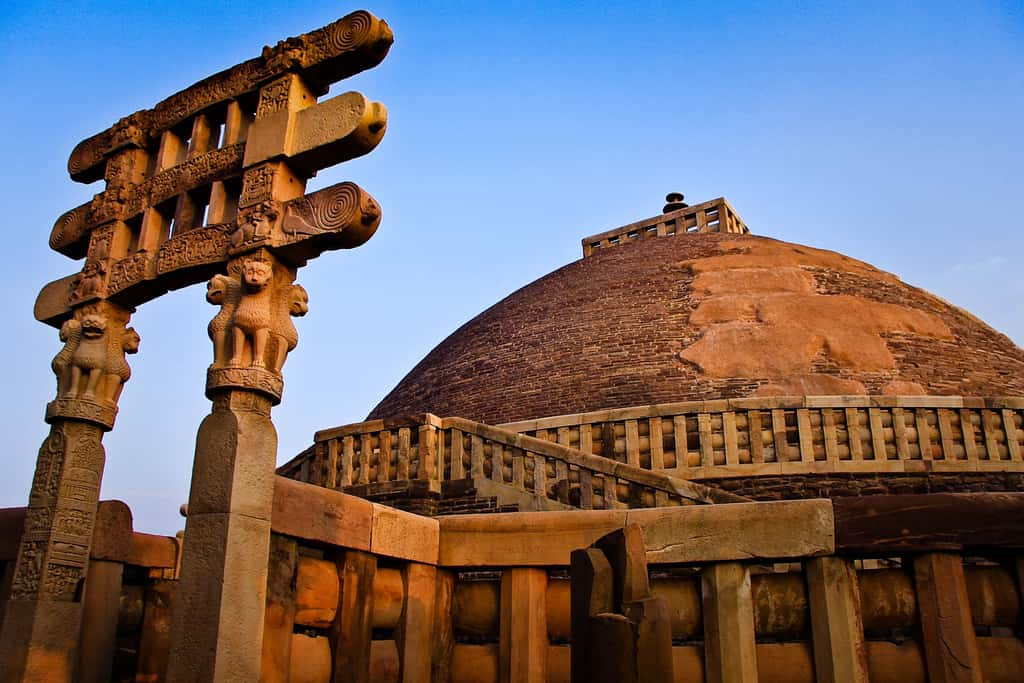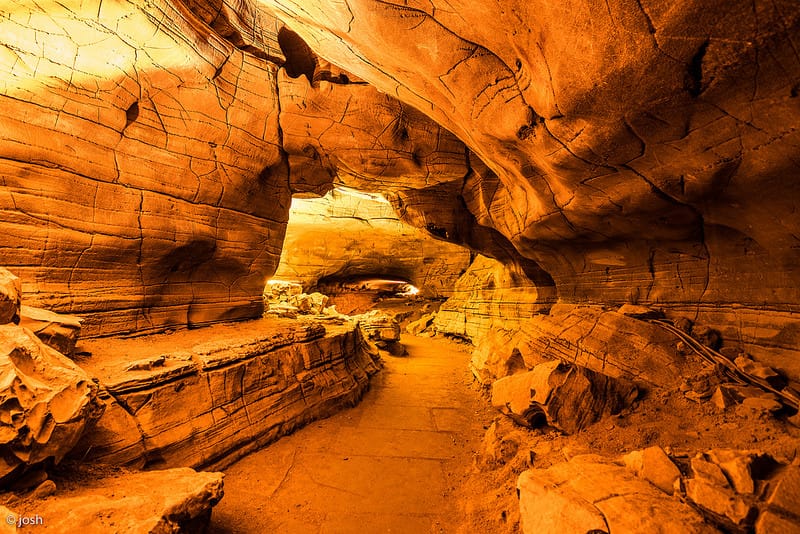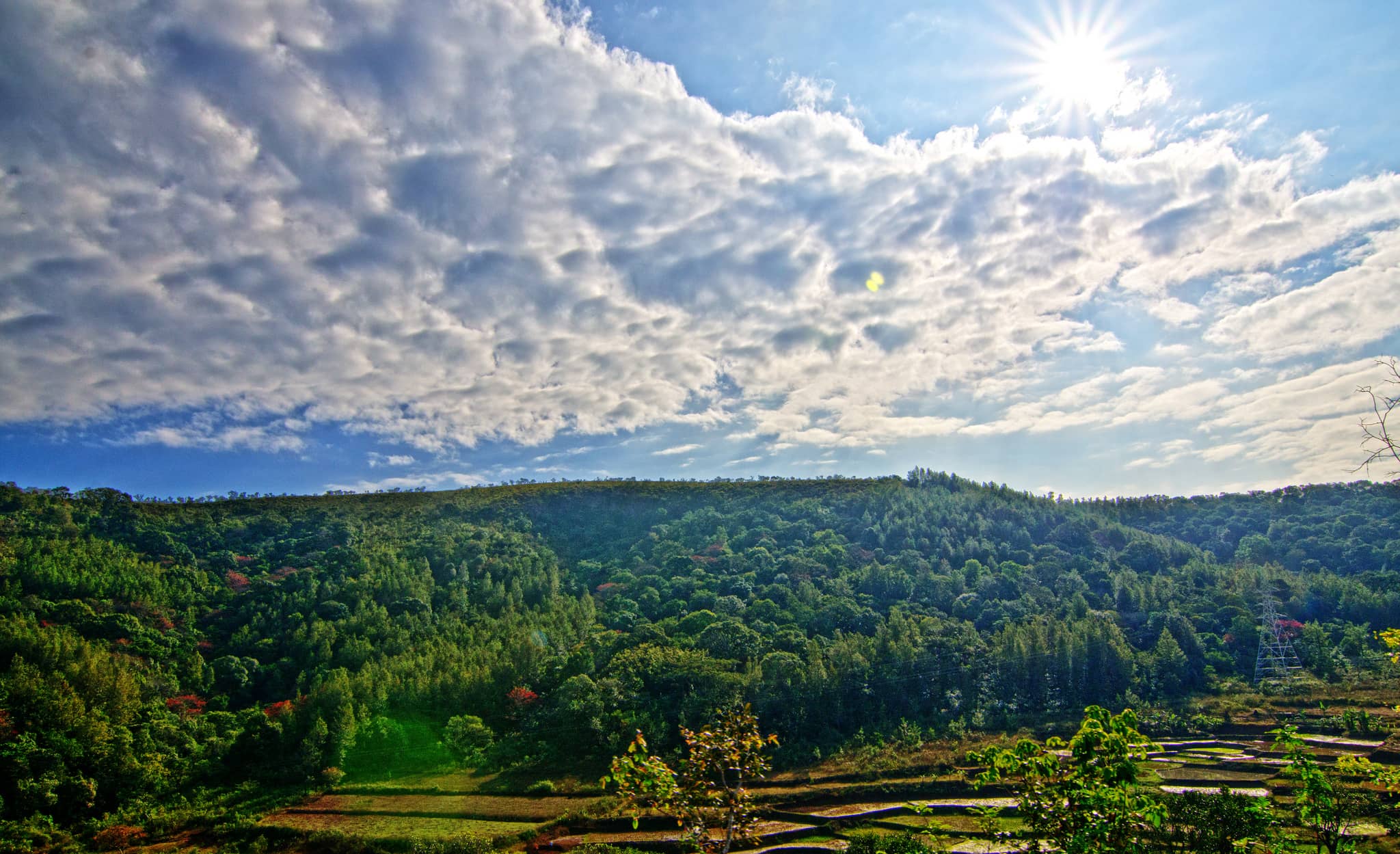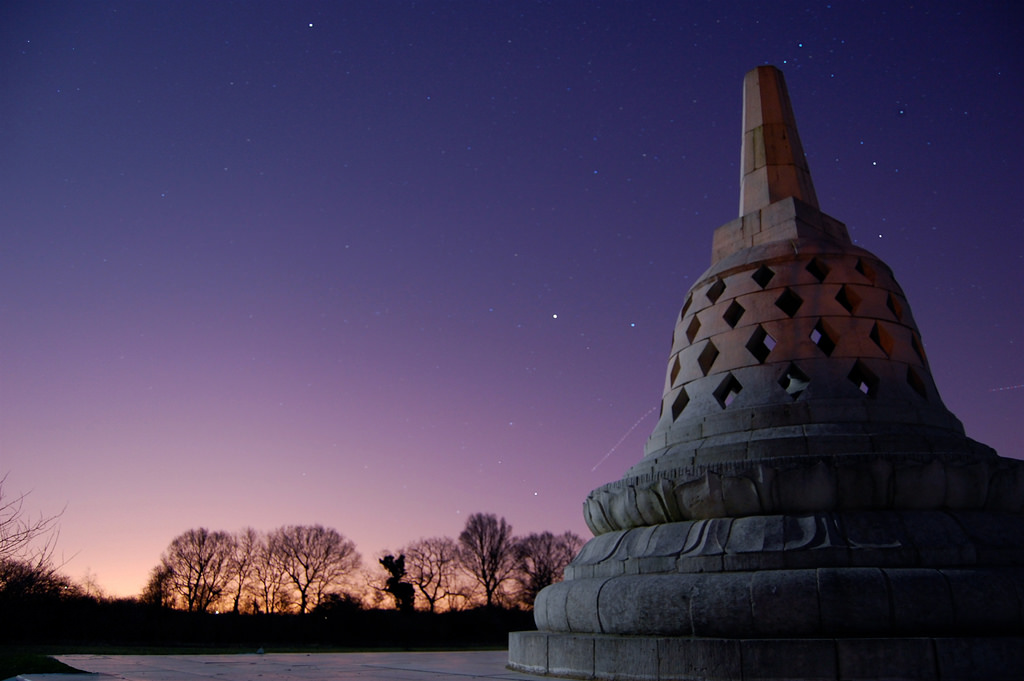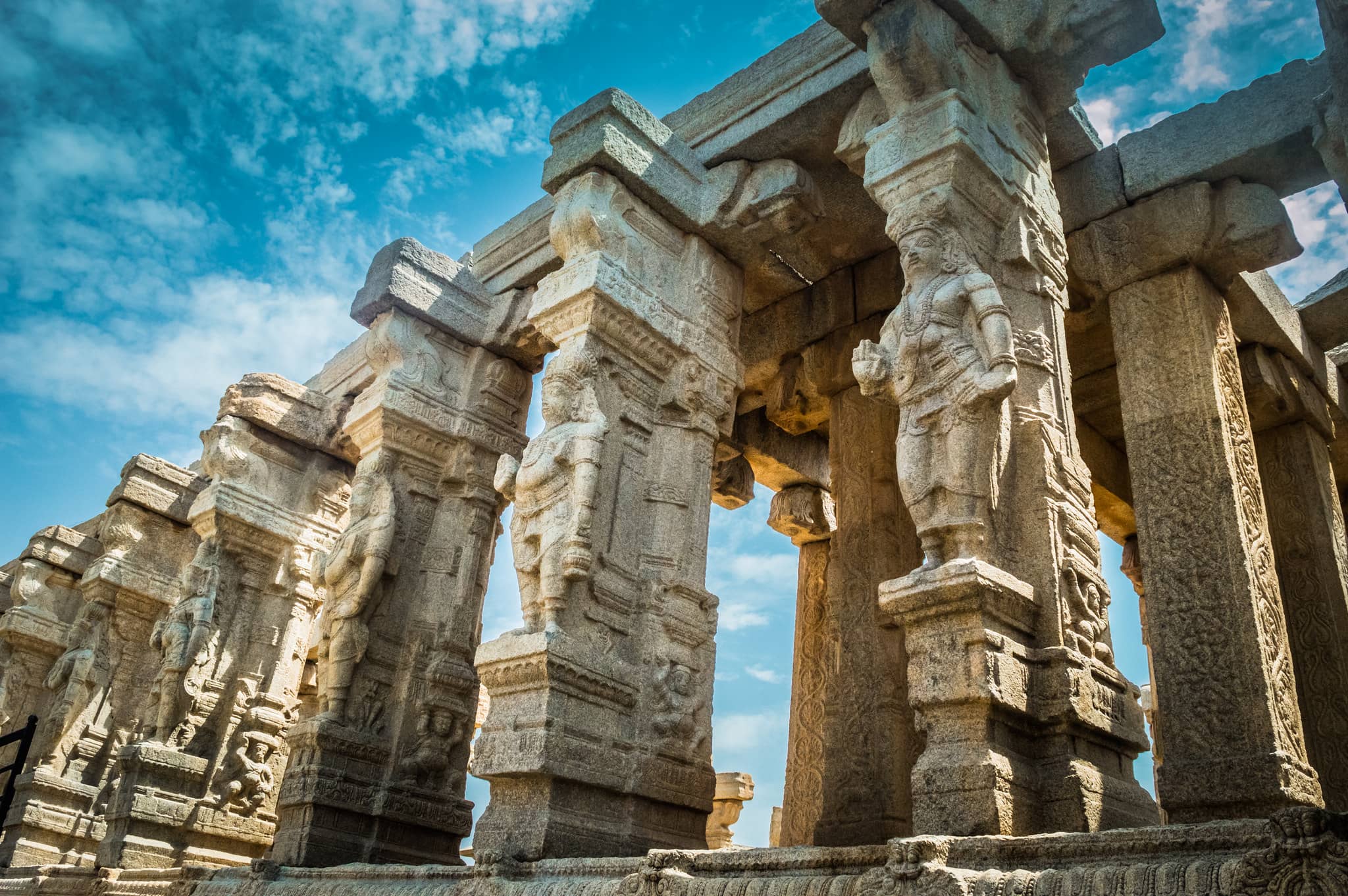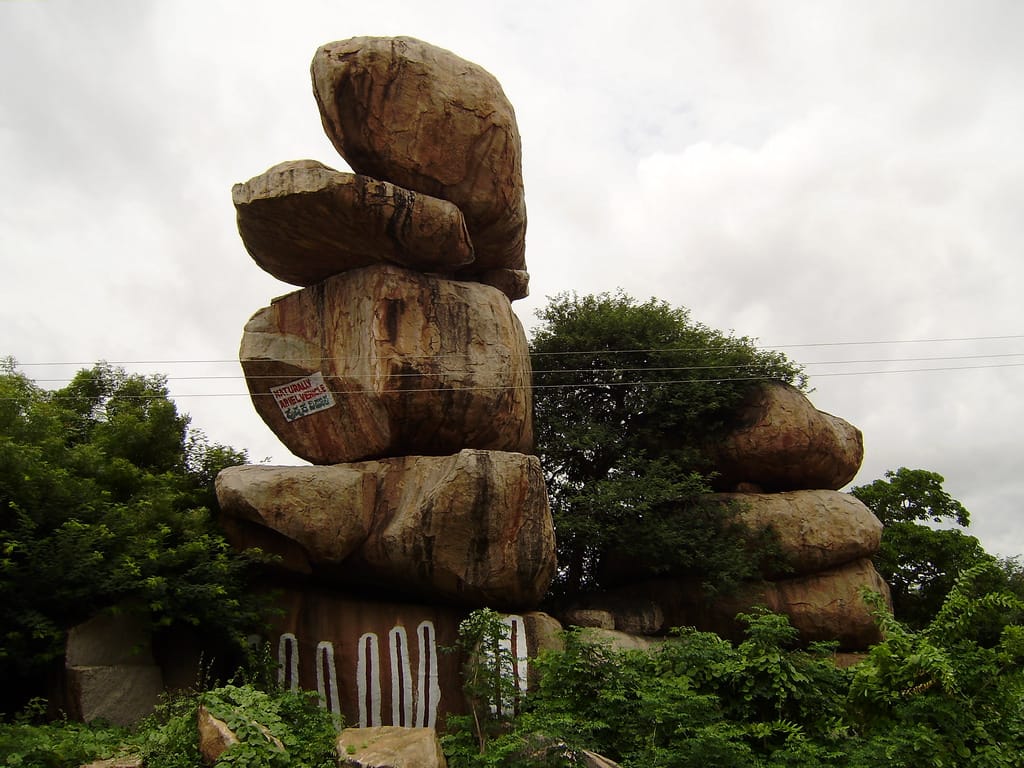Sanchi, a serene Buddhist complex, is renowned for housing one of India’s most significant historical landmarks, the Sanchi Stupa. Situated approximately 46 km northeast of Bhopal, Madhya Pradesh, Sanchi is a place of great historical and cultural importance. The Sanchi Stupa, a symbol of Buddhist heritage, has been a UNESCO World Heritage site since 1989 and is regarded as the best-preserved ancient stupa in Central India. The site features various other monuments, including temples, pillars, and gateways, making it a must-visit for history and architecture enthusiasts.
places to visit in Sanchi
Udayagiri Caves
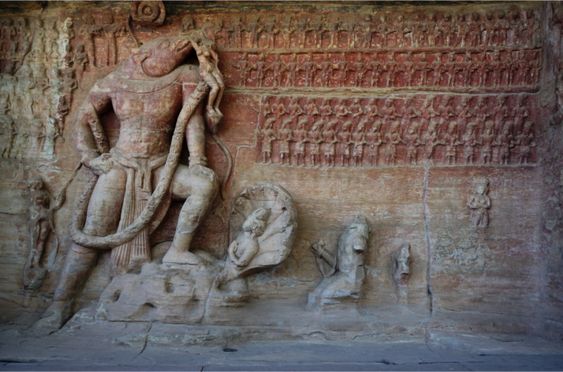
Udayagiri Caves are a series of twenty rock-cut caves located near Vidisha in Madhya Pradesh, dating back to the 5th century CE. These caves are famous for their early Hindu temples and the remarkable iconography that adorns them. The caves are significant for being among the oldest surviving Hindu temples in India. The Udayagiri Caves also contain inscriptions from the Gupta period, adding to their historical value. The most notable of these caves is Cave 5, which features a large image of the deity Vishnu in his boar incarnation, Varaha.
Sanchi Stupa

The Sanchi Stupa is a renowned Buddhist structure located on a hilltop in Sanchi Town, Madhya Pradesh. This ancient stupa, built in the 3rd century BCE by Emperor Ashoka, is one of the oldest stone structures in India. It is an important pilgrimage site and a UNESCO World Heritage site since 1989. The stupa is known for its intricately carved gateways, which depict scenes from the life of the Buddha. Sanchi Stupa stands as a symbol of Buddhist architecture and art, showcasing the rich history of the Indian subcontinent.
Sanchi Archaeological Museum
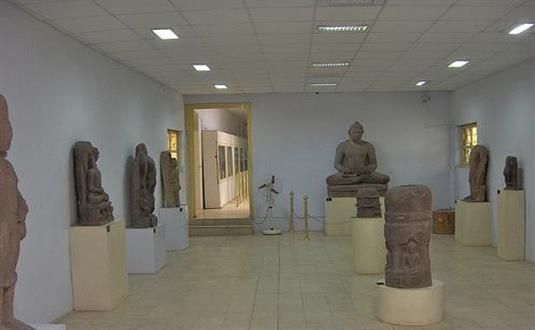
The Sanchi Archaeological Museum is located near the famous Sanchi Stupa and houses a vast collection of relics and artifacts discovered from the Sanchi Buddhist complex. The museum showcases sculptures, inscriptions, and ancient coins, shedding light on the religious and cultural significance of the site. Many of the exhibits date back to the Maurya and Gupta periods, highlighting the evolution of Buddhist art and architecture. The museum serves as an essential resource for visitors interested in understanding the historical context of Sanchi.
The Great Bowl
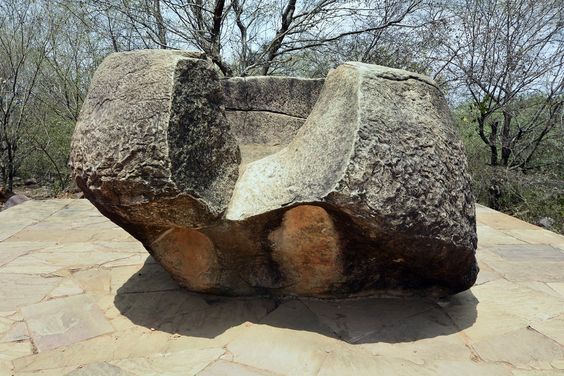
The Great Bowl, located in the Sanchi complex, was traditionally used to store food, which was distributed to monks during their visits to the site. It is a massive structure, crafted with precise engineering techniques, and reflects the organizational skills of the ancient Buddhist community. The Great Bowl’s role in the sustenance of the monks is symbolic of the communal and monastic life that flourished in Sanchi. This artifact adds to the understanding of the religious practices and day-to-day life of ancient Buddhist societies.
Ashok Pillar

The Ashoka Pillar is a series of columns built by the Mauryan emperor Ashoka, found scattered across the Indian subcontinent. These pillars were inscribed with edicts proclaiming Ashoka’s policies on Dharma, promoting nonviolence, and encouraging religious tolerance. The Ashoka Pillar at Sanchi is particularly significant, as it marks one of the emperor’s most important Buddhist sites. The pillars are made of finely polished sandstone and stand as monumental symbols of Ashoka’s influence and his commitment to the propagation of Buddhism.
The Eastern Gateway

The Eastern Gateway of the Sanchi Stupa is a prominent feature of the site, adorned with intricate carvings that illustrate various events from the life of the Buddha. These carvings are among the finest examples of early Buddhist art, showing the teachings and legends associated with the Buddha. The Eastern Gateway not only serves as an entrance to the stupa but also as an artistic narrative of the Buddha’s life. The gateway’s reliefs are invaluable for understanding the symbolism and iconography in early Buddhist architecture.
Gupta Temple
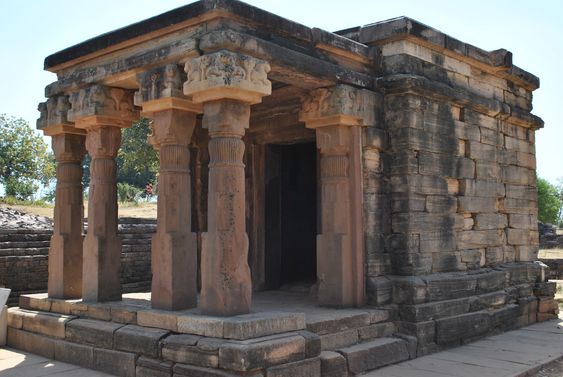
The Gupta Temple at Sanchi marks a pivotal point in the history of Indian temple architecture. Built during the Gupta period, it is one of the earliest examples of temple construction in India. The temple features a sanctum and a pillared hall, showcasing the architectural advancements of the time. The Gupta Temple is significant for its simple yet elegant design, which laid the foundation for subsequent temple architecture in India. Its historical and architectural value is immense, as it represents the transition from rock-cut caves to freestanding temples in India.
Buddhist Vihara
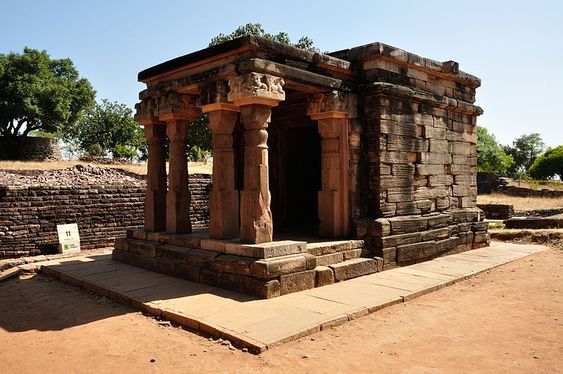
The Buddhist Vihara at Sanchi is a significant center of Buddhist culture and practice, housing relics associated with the Satdhara Stupa. The Vihara was an important monastic space where monks resided and engaged in meditation and study. It provides valuable insight into the religious and monastic life of ancient Buddhists. The relics discovered at this site further illustrate the evolution of Buddhist practices over the centuries. The Vihara’s role as a cultural and religious center makes it an essential part of the Sanchi archaeological complex.
Stupa No. 2
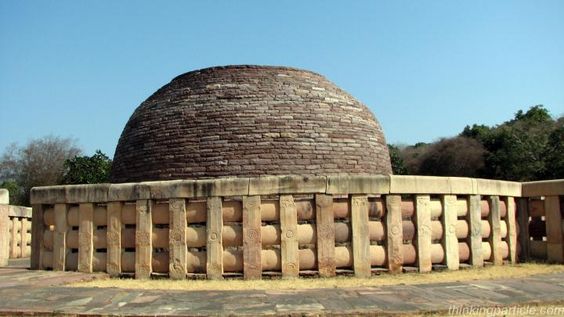
Stupa No. 2, also known as Sanchi II, is one of the oldest and most important Buddhist stupas in India. Located within the Sanchi complex, it is an early example of stupa construction and features unique architectural elements. The stupa is renowned for its serene design and the rich carvings on its gateways, which depict significant events from the life of the Buddha. Stupa No. 2, along with the Sanchi Stupa, reflects the development of Buddhist architecture and serves as a key monument for understanding the history of Buddhism in India.
Temple 18
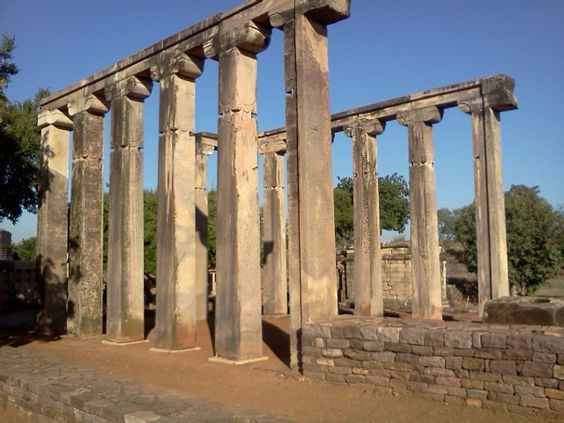
Temple 18 at Sanchi is an ancient structure built on the foundations of an earlier apsidal hall dating back to the Maurya or Sunga period. It is a chaitya hall, a type of Buddhist shrine, with an architectural style reminiscent of classical Greek columned buildings. Temple 18 is notable for its artistic and architectural features, including its finely crafted pillars and carvings. It represents a blend of local and Greco-Roman architectural influences and is one of the most important structures at Sanchi. The temple adds to the diverse architectural heritage of the Sanchi site.
Best Time To Visit Sanchi
The best time to visit Sanchi is during the winter season, from October to March, when the weather is cooler and more comfortable for sightseeing. During this period, temperatures range from 25°C to 7°C, making it ideal for exploring the archaeological site and nearby attractions. Summers, from April to June, can be extremely hot, with temperatures soaring up to 45°C, making travel uncomfortable. The monsoon season, from June to September, can bring lush greenery but might disrupt travel due to continuous rainfall, so it is less favorable for tourists.
